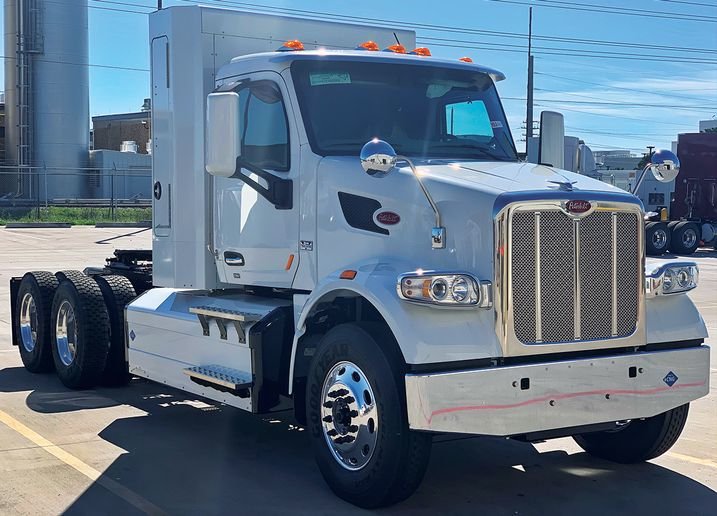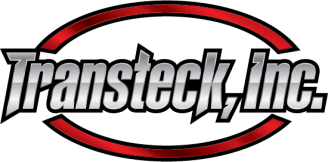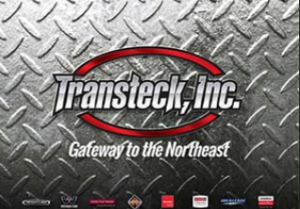
Methane, a highly potent greenhouse gas, was pegged by the Environmental Protection Agency, California Air Resources, and others as a more potent gas than carbon dioxide. A renewable and plentiful solution is using methane to fuel vehicles. It replaces other carbon-based fuels that produce their share of hydrocarbon emissions.
One solution is using methane to fuel vehicles. Using it as fuel also replaces other carbon-based fuels that produce their own share of hydrocarbon emissions. It’s renewable, and it’s plentiful.
When derived from food waste or animal manure, the fuel is “net-carbon-negative.” The lowest-carbon commercially available for transportation fuel option per CARB’s lifecycle analysis is organic waste-derived biomethane.
Cummins Westport’s North American OEM truck business and market segment leader, Hugh Donell advised that there are some downsides in terms of the viability of the long-term supply. “In my discussions with several government people, their impression has been that there’s just not enough renewable natural gas to be meaningful,” he says. “That would have been a viable concern six or eight years ago, but the level of awareness, and demand, has changed considerably in the past two or three years.”
Natural Gas in Name Only
Unlike regular natural gas which poses concerns in its fossil origins and fracking, renewable natural gas is different and can be used in any current natural gas engine.
It has proven to keep up with diesel in almost every operational criterion despite the occasional low-power complaint.
Cummins Westport recently released the ISX12N, an upgraded version of the 12L natural gas engine. It has400 hp and 1,450 lb-ft torque, and it’s certified 90% below EPA emission levels and CARB certified at 0.02g Near Zero NOx. On top of that, the engines burn fossil or renewable natural gas.
Vic LaRosa, Chief Executive Officer and President of Total Transportation Services Inc. said they’re planning to add another 20 12L gas trucks to their fleet by mid-2021. He also mentioned that today’s natural gas trucks are a decade beyond the early pilot and demonstration stage of zero-emission technologies.
Real-World Applications
Through Clean Energy’s Zero Now program, Estes Express Lines recently purchased 50 RNG tucks in an effort to reduce the cut the price of a natural gas truck to be within range with that of a diesel truck and providing a fuel discount.
Hyliion’s modern Hypertruck Electric Range Extender (ERX) hybrid will utilize RNG. It will operate with a natural gas engine solely to power a generator that charges the vehicle’s battery pack.
The waste-hauling sector is the best possible application for RNG, where fleets towing trash to the landfill can unload garbage at one side of the facility and drive around the other side, and fuel up with biomethane produced onsite.
There are about 2,000 landfills in the United States that can supply biomethane for transportation and other needs, as per Donnell. Further capacity is readily accessible from wastewater treatment facilities and the waste produced by large-scale cattle farming.
Just a Bridge Fuel?
Mike Roeth, NACFE Executive Director Mike Roeth recognizes RNG as a short-term option. Still, he is concerned that it might impede the eventual roll-out of “cleaner” battery-electric technologies.
A few national and multinational companies are currently utilizing RNG, among them is Annheuser-Busch and UPS. Both are also assessing alternatives such as battery-electric and fuel cells, but in the meantime, RNG corresponds with their sustainability and operational requirements.
To learn more and read the full article, click below.


